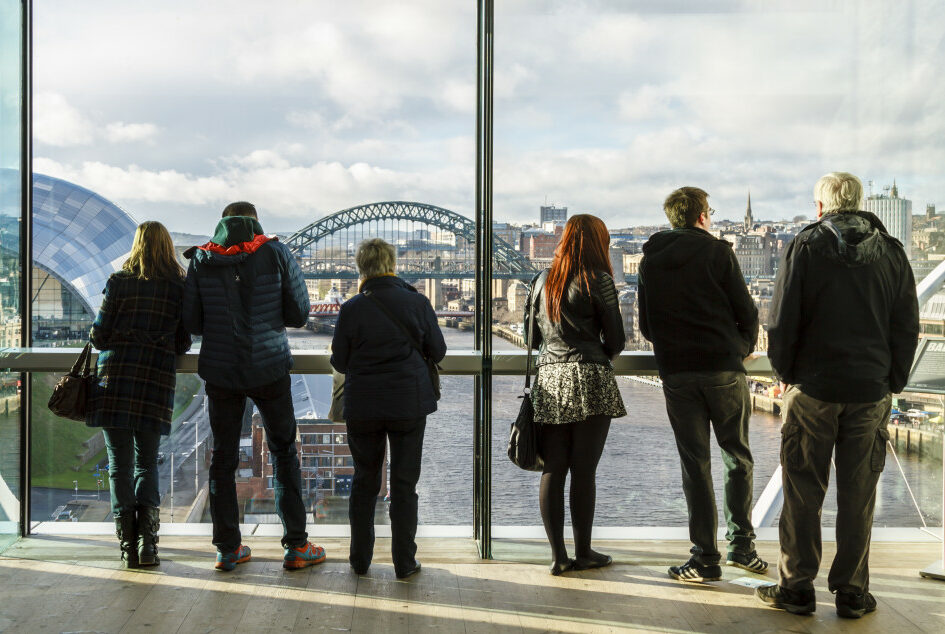Crusading architect Terry Farrell is helping fund an ‘urban room’ in Newcastle – giving the public more control over what is built in their city.
What if negotiating the planning system were as easy as popping to the shops?
At the moment, if you want to know what developments are planned for your street or city, you have to look out for a flimsy sheet of laminated A4 paper tied to a lamp-post. From there, an obscure reference number will lead you to a byzantine website where, if you’re lucky, you might be able to download a jumbled series of PDFs that contain, in the abstruse language of planning application drawings, what is actually being proposed.
“The planning system has always been incredibly opaque,” says Sir Terry Farrell. “It is needlessly complicated for the public to find out what’s going on.” The 83-year-old architect has long crusaded to make it easier for people to have more of a say in the futures of their cities. To that end, his government-commissioned Farrell review of architecture and the built environment, published in 2014, advocated the idea of “urban rooms”: places on the high street where people could go to view and discuss the latest development proposals. Now, Farrell is putting his money where his mouth is. He has donated £1m to Newcastle University, along with his substantial archive, to part-fund such a place and convert an old department store into a centre to debate the future of the Tyneside city.


